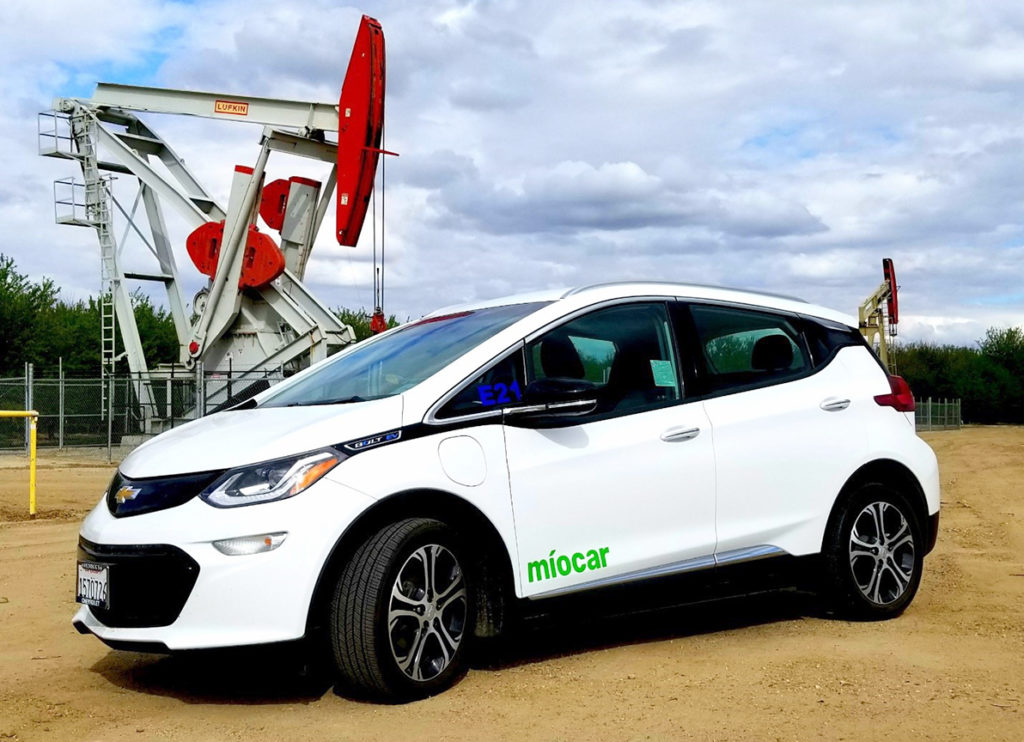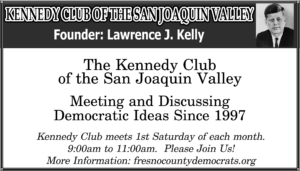
By Tom Frantz
I walk up to four compact SUVs parked in front of the Community Center building at the Sunset Villa Apartments in Wasco. I need a car to drive around the north side of town for about an hour.
I am performing a regular inspection for the Association of Irritated Residents. I am looking for violations of the Clean Air Act at high-speed rail construction sites and throughout the “Rose” oil field, which belongs to California Resources Corporation. My inspection today involves some back and forth through the agricultural fields between Wasco and Poso Creek. I’ll probably drive about 25 miles over the next hour.
I approach the white Chevrolet and touch an icon on my phone. The vehicle unlocks after a couple seconds. I have disinfectant wipes for the door handle and the steering wheel plus the other items inside the vehicle that will be touched with my bare hands. The car is clean inside although there are a couple bug splats on the windshield.
Before getting behind the wheel I go to the front left fender, wipe and unplug a cable, and hang it up on the stand about three feet in front of the car. Now, sitting in the driver’s seat, I check the mirrors, put on the seatbelt, push the start button, back up the vehicle and drive away.
The car is nearly silent but quick as a cat as I turn onto Poplar Avenue, heading north, and give it a little “gas.” This car is the future. It is all electric and has a 230-mile range. This was one of three Chevy Bolts available at this location. The fourth car was a BMW I3. These vehicles are gently used. The Bolt I’m in has just above 7,000 miles on the odometer, and it smells fresh.
I drive for nearly an hour around the fields on mostly paved roads. I return the vehicle to its parking spot, which is marked with lettering on the blacktop. I turn off the car and take my stuff out. I’ve been careful not to track dirt onto the floor mats so the inside does not need cleaning.
There is a key chain in the center cup holder with three cards that allow the use of different public charging stations. I pop open the little door on the fender that hides the charge port. I take the charging cable off its stand and swipe the small card that says EVConnect against the charging box startup icon. The light starts flashing indicating the charger is ready to go. I plug the end of the cable into the car and soon the electrons I used on my drive will be replaced.

I take my phone and lock the car. As this electronic signal might have to travel hundreds of miles through the ethernet, it takes a couple seconds before I hear the car lock itself.
I walk away knowing that anytime I need a car for a short trip or possibly a daylong journey these non-polluting vehicles are available.
Here is how it works. A nonprofit was formed out of UC Davis to provide an electric car sharing program in various rural communities throughout the San Joaquin Valley. It is called míocar or, in English, “my car.” You can look them up at miocar.org.
They initially received around $4 million from California’s Climate Investments Program using cap-and-trade money. They began in 2019 with the cooperation of Self-Help Enterprises in Visalia. They have since expanded into Dinuba, Orosi, Wasco, Lamont and Arvin. They are coming to Shafter, and there is a goal to soon move into the Fresno and Madera areas.
To be eligible to rent or “share” one of these vehicles, you need to be 21 years of age, have a driver’s license and a decent driving record. A deposit of $20 is submitted with your application. You get it back for rental fees afterward. Míocar staff call you up and explain how the program works and how to use the vehicles. Basically, you download an app on your phone to both reserve a vehicle and to lock or unlock it and you are good to go. The cost is $4 per hour or $35 for the whole day.
The first 150 miles of each rental are free, and all the vehicles are charged sufficiently to travel at least that far when you pick them up. If you need to travel further, the cost is 35 cents per mile. Additional charging of the vehicle can be done as needed using EVgo, Chargepoint or EVconnect charging stations. The cards to swipe at these public charging stations are in the vehicle and free to use as needed. A laminated list of charging locations in the southern San Joaquin Valley is in the door pocket. The vehicles are mostly lease return cars with low mileage.
Using the phone app, the cars can be reserved in advance. They must always be returned to the same parking spot by the end of the day. Dogs are not allowed. All drivers must be registered with míocar. There is a $500 deductible if you damage the car in an accident.
Low-income apartment blocks are ideal for locating these vehicles. Church parking lots would be great. School or city-owned parking areas could also work nicely. The electricity for charging is provided by míocar but parking spaces need to be donated.
California is moving into a future where all vehicles will be electric and all electricity will be clean and renewable. Míocar is a great way to begin this transition in lower-income communities.
It provides needed transportation in places where public transportation is not easily available. It helps out families who might only have one car or a vehicle that is in the shop being repaired.
It provides transportation that is non-polluting in an area with the worst air pollution in the nation. It gets people into electric vehicles where they can see the advantages for themselves, which inspires them to go electric the next time they purchase a vehicle.
Oh, by the way, after observing lots of dust from high-speed-rail construction that afternoon and reporting it to the air district, they received four violations and cleaned up their act.
*****
Longtime clean air advocate Tom Frantz is a retired math teacher and Kern County almond farmer. A founding member of the Central Valley Air Quality Coalition (CVAQ), he serves on its steering committee and as president of the Association of Irritated Residents. The CVAQ is a partnership of more than 70 community, medical, public health and environmental justice organizations representing thousands of residents in the San Joaquin Valley unified in their commitment to improving the health of Californians. For more information, visit www.calcleanair.org.

